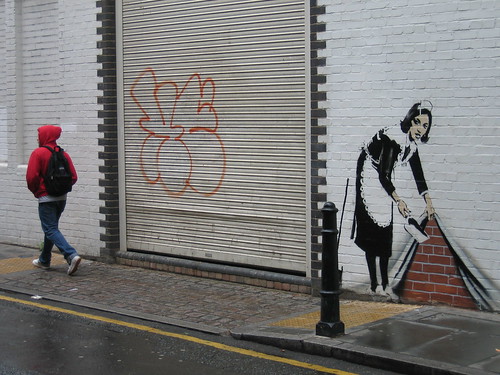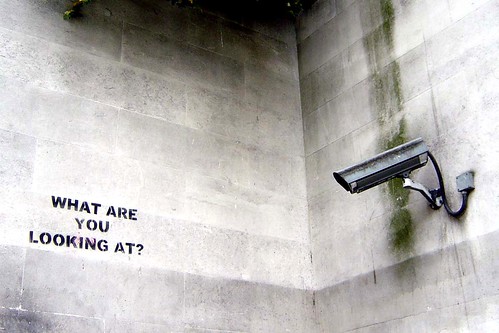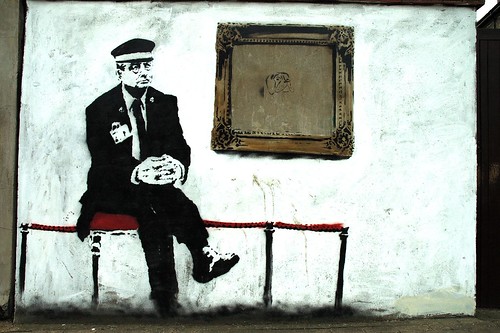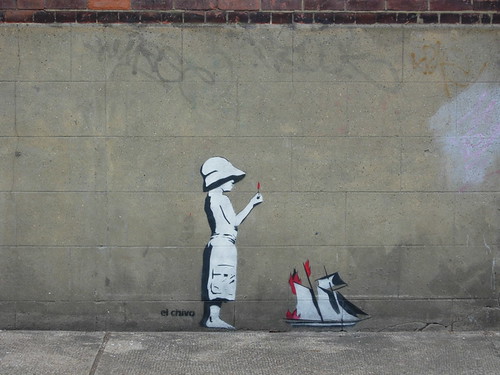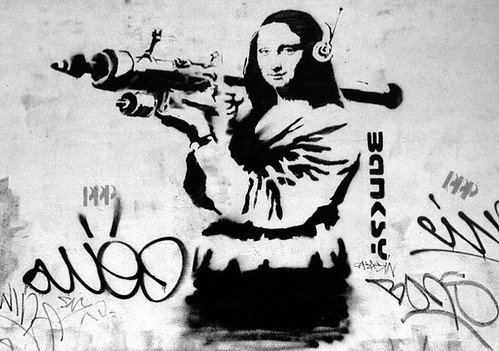Sweden likes to think of itself as an enlightened place. In particular when talking about gender roles. And to give Sweden its due – we have come a long way. That is why I was particularly amused when I saw this piece of graffiti. The artwork is an adaption of a typical sign on the road marking a pedestrian lane. It portrays a father walking with his daughter.
The artists adaptation of the sign shows the child dreaming of walking together with a man and a woman. I presume this to mean that the child longs for a complete family. I have never reflected upon this sign before but the artist made me think of several things at once.
First: Despite our progress in gender roles it is more often the woman who takes care of the children and therefore the sign on the road portraying a man and child shows gender roles as they are not. This can be interpreted in a friendly manner to mean that this is a vision of a better future where the father pays a more active role in child rearing but most probably it is an attempt to portray men in a better light.
Second: The child dreaming of walking with a male and female. If the image of the father and daughter can be seen as a portrayal of life as it is not then the dream of the family consisting of father, mother and child is a re-enforcement of a socially acceptable norm vis-a-vis the heterosexual family. Is the artist aware that by critiquing one social norm she/he is re-enforcing another?
Third: The child is the one dreaming of family. The male has no such thoughts. Significant?
Forth: Is the child’s longing for a mother figure a cry for security or normality?
All these questions from a drawing on the pedestrian lane. In addition to this the artist has received a response. From the thought bubble showing the child’s dream or longing rises another bubble with the words “hate him” written in Swedish. Is this the child’s thoughts? Is it the woman’s thoughts? Or should this be seen as a comment from the society around this little group?
It’s amazing what a morning walk can bring…










